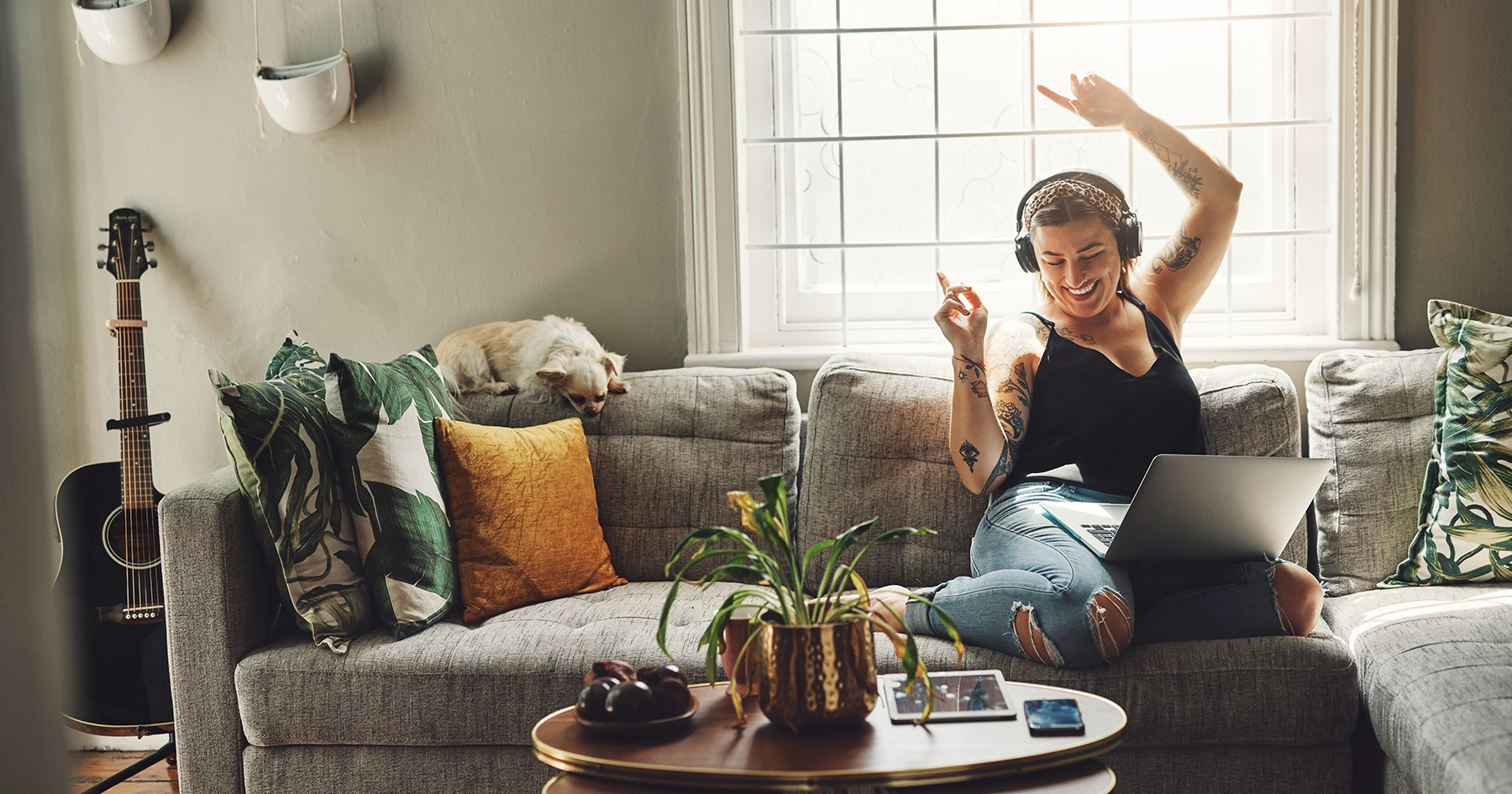How Accessible Is Your Content Really?

Posted By Ashley Tate on May 31, 2024
From YouTube’s audio description features to TikTok implementing closed captions on all videos, digital and social platforms are increasingly adding features to become more inclusive and accessible to people with disabilities. But digital accessibility is not a trend: It’s the right thing to do. Now is the time for brands and communicators to prioritize accessible content across platforms.
Creating accessible content means designing and developing all your digital content — from your website to your social media shares to your blog posts, ebooks, and whitepapers — so people with disabilities can easily access, understand, and interact with it. True accessibility is inclusive of all disabilities, including auditory, visual, cognitive, physical, and neurological. It’s a lot to consider, but you can make your content more accessible by implementing these best practices.
Use Your Tech Tools for Visual and Audio Accessibility
Content platforms and social media sites continually add new accessibility tools for creators. These simple, automated solutions make it easy to include important accessibility features like alt text and closed captioning on images and videos.
While most digital marketers are likely familiar with using alt text as an SEO booster, its primary purpose is to describe images and videos to users who are unable to see them. Assistive technologies like screen readers read alt text to aid people with visual impairments in understanding what is on the screen. Effective alt text is detailed, specific, and provides appropriate context for the image.
.png?width=650&height=821&name=Quick%20Guide%20to%20Alt%20Text%20(1).png)
Instagram uses object recognition technology to generate automatic alt text for images and videos, and you can edit the text to provide a better description if necessary. You can also manually add alt text on X, formerly known as Twitter, and other social platforms. And don’t forget to incorporate alt text into your website’s visuals, too. Most website builders and CMS platforms have built-in alt text features.
When sharing video content, including captions is key — and most social platforms have added closed captioning capabilities. Instagram Stories includes a captions sticker, which automatically transcribes speech in videos. Reels, TikTok, and YouTube also offer auto-captioning features. To guarantee accuracy and true accessibility, take the extra minute to check your captions for errors and comprehensibility. Even with advanced speech recognition, these tools can make embarrassing or misleading captioning errors.
What about GIFs? Repeated looping and flashes in GIFs are barriers to accessibility. Avoid GIFs that feature blinking or bursts, and, when possible, set GIFs to stop repeating after five seconds. And just like with any other visual content, alt text is essential.
And keep in mind that audio-only content without transcription is also not accessible for people with who are hard-of-hearing or deaf. Check the accessibility features of your chosen social audio platform before you post.
Beyond the Visual: Making Text and Copy Accessible
While video and images may be obvious starting points for prioritizing accessibility, communicators can also improve the accessibility of their text. To start, consider how your audience accesses your content and the language you use.

Some social content norms, such as hashtags and emojis, cause significant issues for people using assistive technologies. To optimize your written social content for screen readers:
- Use camel case for hashtags: Screen readers can only differentiate between words in a hashtag string if each new word is capitalized.
- Put emojis and hashtags at the end: Screen readers read out emojis and hashtag symbols, so avoid causing unnecessary and confusing interruptions by placing them at the end of the copy and only use them in moderation.
- Don’t use copy and paste fonts: Using alternate fonts on X and other platforms seems fun, but most assistive technologies cannot read them as text.
Consider, too, how assistive technologies read traditional content like blog posts and other web pages. The words you choose to link in copy affect screen readers. Because this technology often navigates from link to link, reading each link out in sequential order, linked text should make sense out of context. Instead of linking “click here,” link descriptive words and phrases so users with screen readers can understand where the links navigate.
Text visibility is also important. For readers with low or no vision, color blindness, or other vision impairments, ensuring correct color contrast and pairings is key. Many online tools are available to help you test a layout or design for whether it passes standard visual accessibility metrics.

In all written content, pay attention to your language. Avoid excessive use of jargon and slang that not everyone can understand. Accessibility is about inclusivity — strike ableist language out of your vocabulary.
Broaden Your Reach
Whether it’s visual, audio, or text-based, take a second look at the type of content you are producing. Not everyone can read through a long-form blog post or listen to a podcast. Are you able to provide an audio or text-only version of your content? Can you present the same information in an infographic, image, or video? Varying content forms creates options for users of all abilities.
Prioritizing accessible content gives a whole new audience who have long been omitted from many digital conversations access to your content. Accessibility best practices and tools are constantly changing and improving, so continue to listen to content creators with disabilities, stay up to date on new tools and features on your social platforms, and keep learning. For additional resources, we recommend:
- Web Content Accessibility Guidelines (WCAG)
- Web Accessibility Initiative
- Google Chrome Accessibility Check for web content
- Digital.gov (US)
- WebAIM
- Hootsuite’s Social Media Accessibility Guide
Learn how the Tier One Content Team can help you extend the reach of your written and visual content.

Ashley Tate
Ashley Tate is the Senior Vice President of Content at Tier One, leading the agency’s full-service content studio. With more than 20 years of storytelling experience, including 10 as an editor at Real Simple magazine (where she served as the publication’s founding Money editor), she is focused on helping brands think and act like powerhouse publishers. Ashley’s attention to detail and creative flair demonstrate her uncompromising commitment to creating the highest quality content for clients. While never fully disconnected from the creative process, Ashley spends her free time reading, going to art museums, cooking and eating with her family, and walking her standard poodle.



